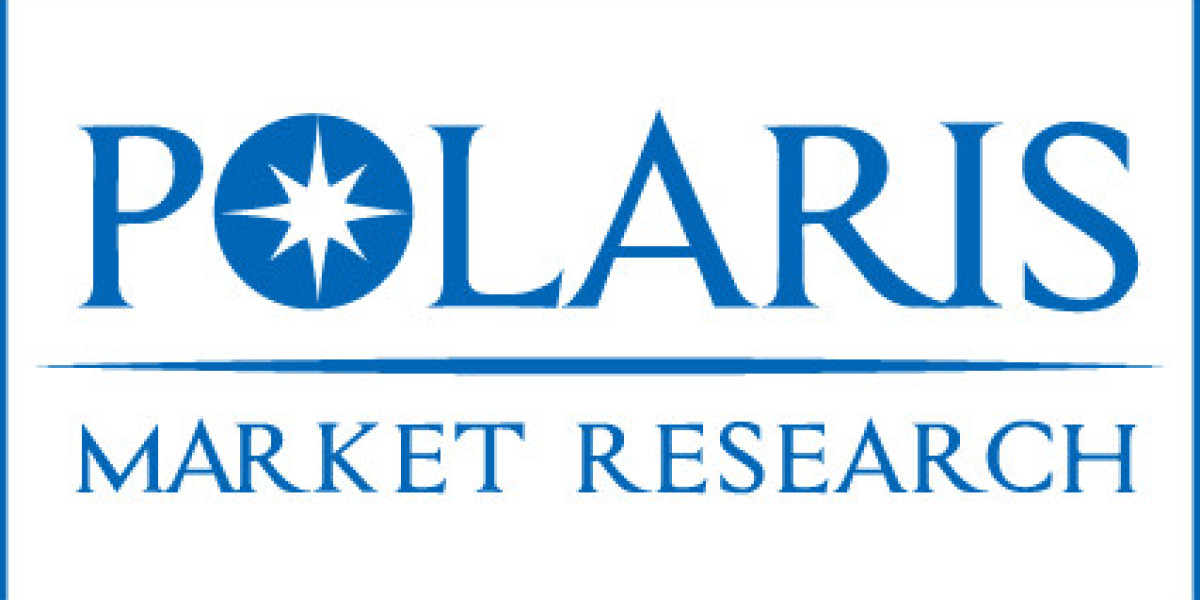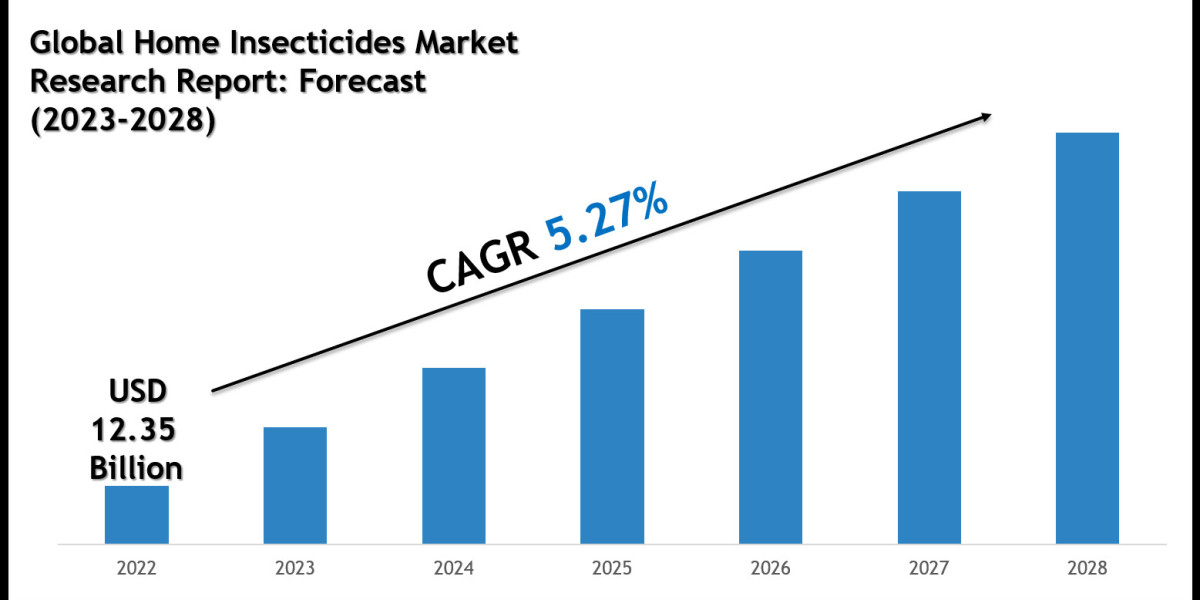Market Overview
The hyperspectral imaging systems market size was valued at USD 15.54 billion in 2024 and is projected to register a CAGR of 10.6% from 2025 to 2034
The global hyperspectral imaging (HSI) systems market is experiencing robust growth as advances in sensor technology, data processing, and machine learning broaden the range of practical applications. Hyperspectral imaging captures detailed spectral information for each pixel across dozens to hundreds of narrow, contiguous wavelength bands — enabling material identification, chemical composition analysis, and subtle feature detection that conventional imaging cannot resolve. Historically anchored in defense and remote sensing, HSI is rapidly expanding into precision agriculture, environmental monitoring, medical diagnostics, mining, industrial inspection, and food safety. Rising demand for non-destructive testing, stricter regulatory requirements for product quality and safety, and the falling cost and size of sensors and optics are collectively driving market adoption.
Key Market Growth Drivers
- Technological miniaturization and cost reduction — Advances in detector fabrication, micro-optics, and integrated electronics are reducing size, power consumption, and unit cost. This enables deployment on small UAVs, handheld devices, and even factory conveyor belts, widening the addressable market beyond large, specialized platforms.
- AI and computational imaging integration — Improved machine-learning models and edge inference enable real-time material classification, anomaly detection, and predictive maintenance. These capabilities make HSI actionable for industry users who require fast, automated decisions rather than raw spectral data.
- Regulatory and quality assurance drivers — Sectors such as food safety, pharmaceutical manufacturing, and environmental compliance are implementing stricter testing and traceability standards. HSI’s non-destructive, label-free analysis is increasingly accepted as a means to comply with regulatory requirements and reduce product recalls.
- Expanding commercial applications — Beyond traditional remote sensing, new use cases — precision agriculture (crop health, nutrient mapping), mining (mineral identification), healthcare (tissue characterization), and recycling (material sorting) — are demonstrating clear ROI, prompting investments from commercial end users and integrators.
Market Challenges
- High data volume and processing complexity — Hyperspectral datasets are large and computationally intensive. End users often lack the bandwidth, storage, or analytics expertise to process raw HSI data efficiently, creating friction for adoption.
- Algorithm robustness and standardization — Spectral signatures vary with illumination, atmosphere, and surface geometry. Developing robust, transferable algorithms that perform across environments remains a challenge, and the industry lacks widely adopted standards for calibration and validation.
- Cost and perceived complexity for some end users — Although hardware costs are falling, full HSI solutions (hardware + software + services) can still represent a significant investment. Small and mid-sized enterprises may view systems as complex and specialized, slowing uptake outside well-funded enterprises.
- Integration and interoperability — Many customers require HSI to interoperate with existing workflows and systems (GIS, PLCs, MES, LIMS). Fragmented software ecosystems and proprietary formats can complicate integration, increasing deployment time and cost.
Browse Full Insights:
https://www.polarismarketresearch.com/industry-analysis/hyperspectral-imaging-systems-market
Regional Analysis
North America — North America maintains strong market leadership driven by defense, aerospace, and advanced industrial R&D. The U.S. government’s continued interest in remote sensing and surveillance, combined with a healthy private sector appetite for precision agriculture and industrial inspection, supports a steady pipeline of system deployments and innovation.
Europe — Europe shows solid growth through environmental monitoring, agriculture technology, and healthcare research. EU regulatory focus on environmental compliance and food traceability fosters demand for hyperspectral solutions among public agencies and large agribusinesses. Collaborative research programs across universities and SMEs also accelerate commercialization.
Asia-Pacific — The Asia-Pacific region is the fastest growing market, led by China, Japan, South Korea, and India. Rapid industrialization, increasing adoption of precision agriculture, and heavy investment in smart manufacturing and urban monitoring create strong market pull. Local manufacturers and system integrators are emerging, adapting HSI solutions to region-specific needs.
Middle East & Africa — Growth is steady but more specialized, with adoption concentrated in mining, oil & gas exploration, and government-led environmental projects. Large infrastructure and resource extraction projects provide opportunities for airborne and ground-based HSI deployments.
Latin America — Growth is centered on agriculture and mining. While budget constraints can limit large-scale adoption, pilot projects demonstrating clear economic benefits (e.g., improved crop yields or mineral mapping) are increasing interest in commercial HSI offerings.
List Of Key Companies
- Corning Incorporated
- Specim, Spectral Imaging Ltd.
- Imec
- HAIP Solutions GmbH
- BaySpec, Inc.
- Surface Optics Corporation
- Norsk Elektro Optikk
- Telops Inc.
- Headwall Photonics, Inc.
- Resonon Inc.
- HORIBA Group
- Raptor Photonics
- KP Labs
- Galileo Group, Inc.
Market Outlook & Opportunities
The HSI market’s medium-term outlook is positive. Key opportunities include:
- Edge and embedded analytics — Solutions that combine lightweight capture hardware with on-device AI will unlock real-time applications in inspection and autonomous platforms.
- Snapshot and VNIR/SWIR miniaturization — Compact, snapshot HSI cameras with broad spectral coverage will accelerate adoption in mobile and high-throughput industrial settings.
- Verticalized solutions — Industry-specific, out-of-the-box applications (e.g., pharmaceutical tablet inspection, fruit ripeness scoring, mineral mapping packages) reduce complexity and purchasing friction.
- Data services and federated learning — Cloud or hybrid analytics platforms that allow customers to securely share models and spectral libraries will enable faster deployment and continual performance improvement.
Conclusion
Hyperspectral Imaging Systems is transitioning from a specialist, niche technology to a powerful, broad-based tool across commercial, industrial, and governmental sectors. While technical challenges — large data volumes, algorithm robustness, and integration hurdles — remain, ongoing innovations in sensors, computational imaging, and AI are lowering the barriers to entry. Commercial momentum is strongest where vendors offer turnkey, validated solutions that clearly demonstrate return on investment and fit into existing workflows.
More Trending Latest Reports By Polaris Market Research:
Urban Air Mobility Market: The High-Flying Industry
Specialty Food Ingredients Market
Contract Cleaning Services Market
Automotive Catalytic Converter Market
U.S. In-Mold Electronics Market
Remote Patient Monitoring Devices Market
Control the Groundwater with Dewatering Pumps Market
Active Electronic Components Market








